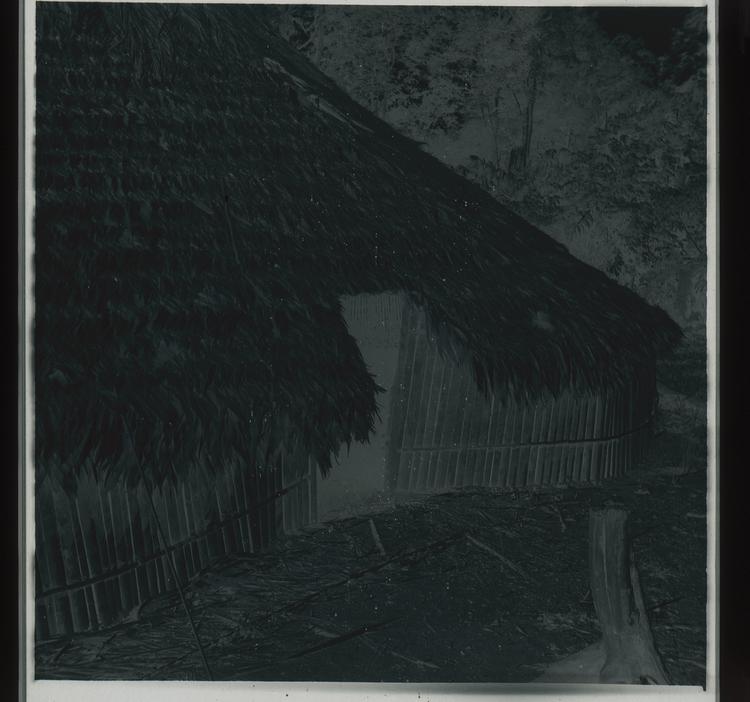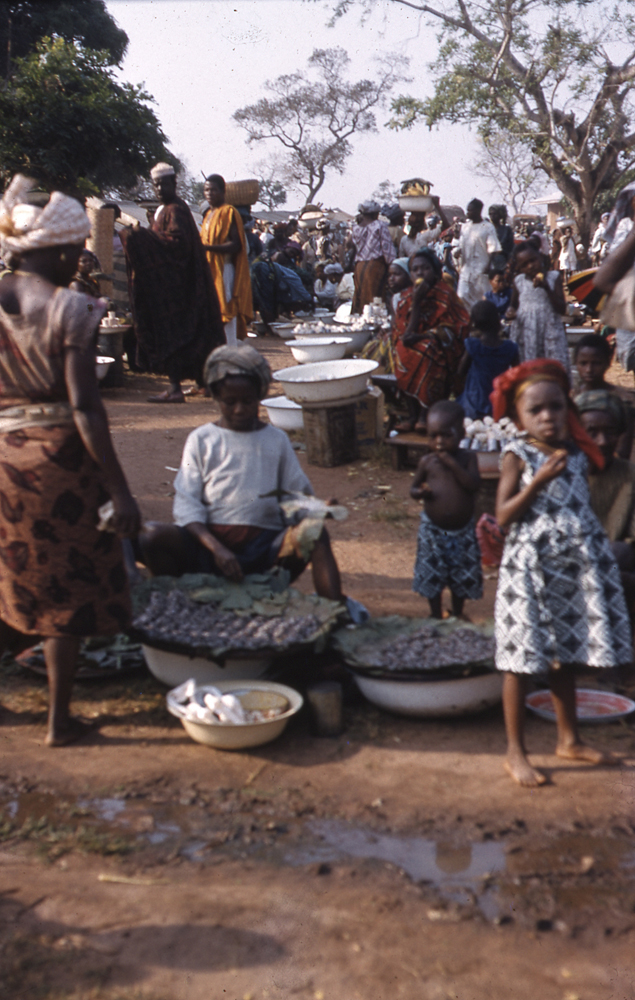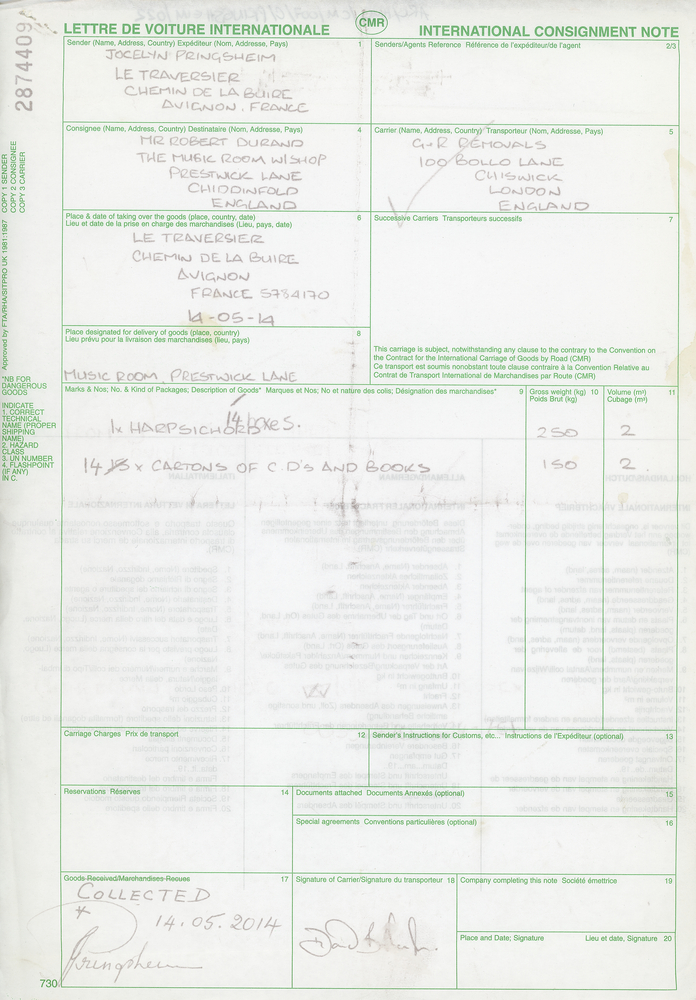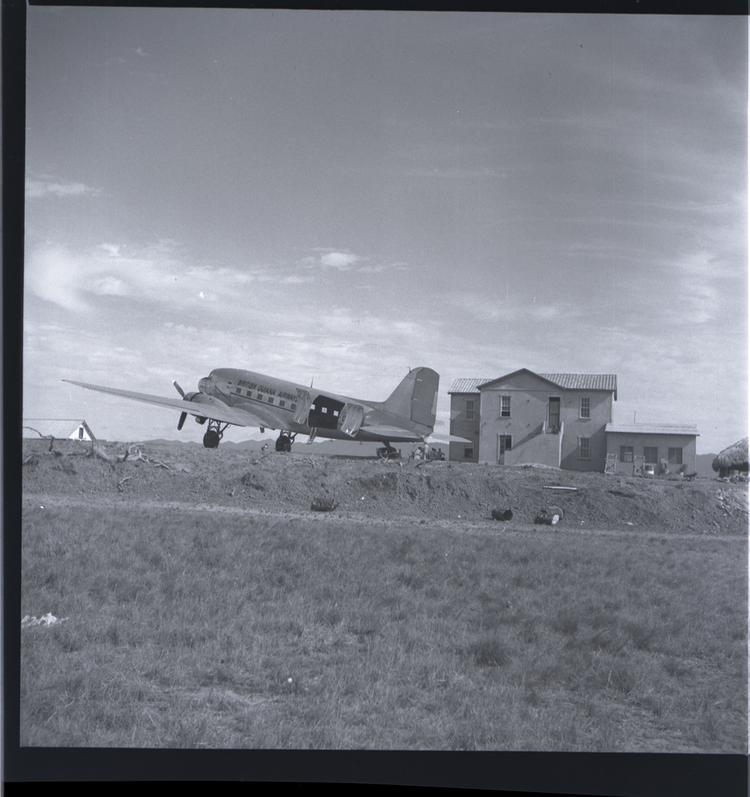
An article written by Sir J R Somers Vine was who was responsible for the reopening of the museum; he goes into great length about the work and energy that Mr Horniman put into creating the collection, a project which lasted around thirty years or so. Sir Somers Vine also goes on to mention the number of visitors that the museum has received since December 1890 (130,000). Additionally, he mentions that Horniman might consider relocating his collection to Croydon if could be suitably housed. The next section of the article under the subheading ‘The Opening Ceremony’ goes on to describe the re-opening of the Horniman Museum; Sir Somers Vine writes in third person about the event, including providing an account of his own role in the proceedings. His account is particularly complimentary about the collection, describing it as “thoroughly unique and noble”. The final section of the article entitled ‘A Walk Round the Exhibition’ provides the days on which the museum is open, as well going into detail of the collection. Sir Somers Vine makes mention of the Chinese and Japanese works of art as well as the statues that available to view, along with similar descriptions to those in previous catalogue entries of the collection of animals available to view at the Horniman Museum.






